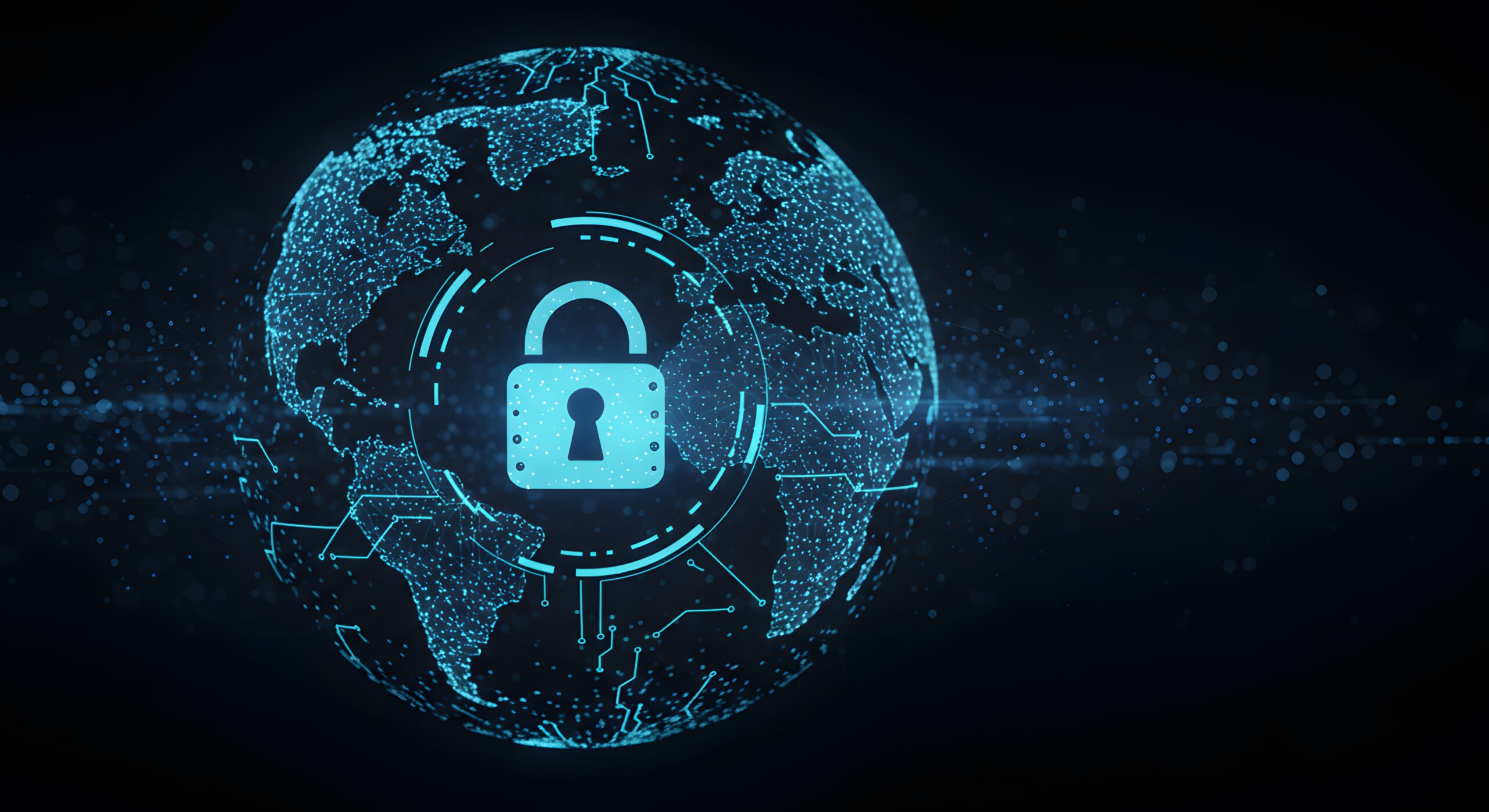Gaining and maintaining compliance with the CMMC, especially at Level 2 or higher, is a complex challenge for many organizations within the DIB. Among the more difficult of these is managing the disruption that often accompanies new tech, especially when these measures impact day-to-day workflows and require a shift in organizational culture. The solution is a clear strategy for CMMC change management.
This article helps readers understand how CMMC compliance can impact operational workflow and what you can do to mitigate that impact while remaining secure and productive.
Operational Costs for Security

When you throw up new security measures, there’s obviously going to be some friction involved. When you do it across an entire organization, though, that friction can have a significant impact on operations. For example, employees, accustomed to easy access and quick data retrieval, may get annoyed with new MFA or identification requirements (if not outright forget what to do about them).
That being said, small businesses frequently report that these changes necessitate extensive retraining efforts, which consume both time and budget. In many cases, the retraining is not a one-time event but an ongoing process as controls are fine-tuned or as staff turnover introduces new personnel who must be brought up to speed.
And that’s just training. In some cases, resistance to change can be persistent, particularly in organizations that have historically operated with minimal cybersecurity oversight.
On top of that, organizations may encounter incompatibilities between legacy systems and newly implemented security technologies. MFA solutions, endpoint detection and response tools, and encryption software must all be properly configured and regularly updated to maintain effectiveness. If these systems are not smoothly integrated into existing workflows, the result can be significant disruption and user pushback.
Remote Work and a New Complexity
Remote work has also reshaped the workforce, and in many ways compounds the problems you’ll run into with the mass adoption of new standards.
On the one hand, remote access must be controlled with strict policies and technical safeguards, such as split tunneling prevention and data encryption both in transit and at rest. CMMC Levels 2 and 3 provide comprehensive requirements that dictate how organizations should manage and secure remote access to systems containing CUI. For example, requirements include secure configurations for remote solutions, session termination, and secure mobile device usage, all of which must be accounted for in the system security plan.
For some businesses, the technical and financial burden of establishing secure environments and organization-spanning procedures can seem overwhelming. Many organizations lack internal IT teams with the expertise required to deploy and maintain secure remote access infrastructures, which means hiring consultants or managed security services to fill the gaps and close the slack.
CMMC Change Management
Cybersecurity is a technical and business imperative, and it doesn’t help your company make any progress if these two aspects of the industry don’t line up. Addressing these disruptions requires a multi-faceted approach.
Some ways to manage the change over to a CMMC-compliant culture include:
- Change Management: A key aspect of CMMC change management is culture. You’ll need a culture that values cybersecurity as essential, not optional. That kind of culture doesn’t just happen, though. Ongoing communication, transparency about the reasons for new measures, and visible executive support can facilitate smoother transitions.
- Incremental Implementation: It’s not an “all or nothing” process, and incremental adoption can make the difference between a resistant employee base and one that will roll with the punches. Rather than overhauling workflows all at once, organizations can phase in new controls, allowing time for adaptation and troubleshooting.
- Technical Support and Training: Providing hands-on training, user guides, and accessible support helps reduce frustration and enhances user adoption. Training should be tailored to different roles within the organization to ensure that each employee understands how to comply with CMMC requirements relevant to their work.
- Leveraging External Resources: Engaging with a Managed Security Service Provider (MSSP) or a Registered Provider Organization (RPO) can ease the burden, especially for smaller entities that lack internal cybersecurity expertise. These external resources can assist with implementation, monitoring, and even act as a virtual Chief Information Security Officer (vCISO), providing strategic guidance on maintaining compliance.
Strategic Planning and Long-Term Resilience
Long-term resilience in the face of evolving cybersecurity threats and regulatory requirements demands strategic planning. Organizations should develop long-term strategies for their success, including:
- Developing roadmaps for CMMC compliance that align with their operational goals and resource constraints. This includes conducting gap assessments, defining achievable milestones, and continuously monitoring progress.
- Conducting regular internal audits and pre-assessments to help identify weak points before a formal CMMC assessment. Organizations should maintain and update their SSP and Plans of Action and Milestones (POA&Ms) to reflect changes in systems, processes, and personnel.
- Investing in ongoing training, staying informed about changes in CMMC requirements, and fostering collaboration across departments.
Making the Shift Through CMMC with Lazarus Alliance
The path to compliance is not without some obstacles, but with careful planning, robust training, and strategic investment, even small businesses can overcome these challenges.
To learn more about how Lazarus Alliance can help, contact us.
- FedRAMP
- StateRAMP
- NIST 800-53
- FARS NIST 800-171
- CMMC
- SOC 1 & SOC 2
- HIPAA, HITECH, & Meaningful Use
- PCI DSS RoC & SAQ
- IRS 1075 & 4812
- ISO 27001, ISO 27002, ISO 27005, ISO 27017, ISO 27018, ISO 27701, ISO 22301, ISO 17020, ISO 17021, ISO 17025, ISO 17065, ISO 9001, & ISO 90003
- NIAP Common Criteria – Lazarus Alliance Laboratories
- And dozens more!
[wpforms id=”137574″]